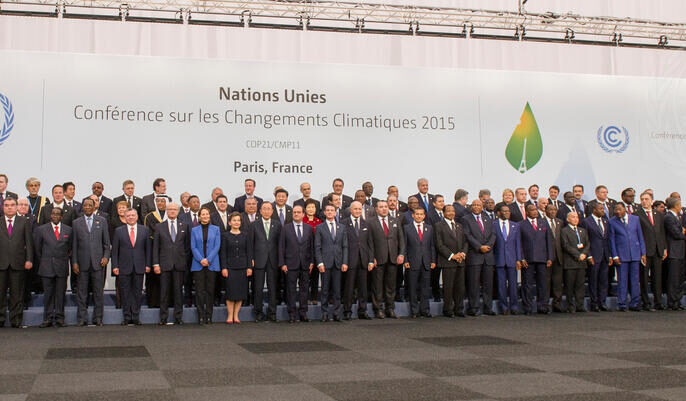Infographic: Studying abroad trends increasingly pointing east

Skift Take
The U.S. recession put a hamper on U.S. students' going abroad, but as the economy's coming back and European economies still in deep trouble, the trends have changed dramatically over the last decade.
Mobile hostels app startup WeHostels released an infographic today that shows students are studying abroad later, for shorter periods of time, and in a more diverse selection of cities. The most notable finding is how previously consistent trends slowed or changed following the 2008 recession
The number of student studying abroad increased every year since 2000 with the exception of 2008 when it decreased 0.8 percent, a likely consequence of U.S. families cutting back on costs.
The rate of increase also decreased since 2008 from an average annual increase of 7.9 percent dropping to just 2.6 percent in recent years.
Older students indulging in shorter stints abroad
Although junior year of undergrad remains the most popular time to study abroad, more students are found to be studying abroad later in their academic career.
In 2000, only 8.3 percent of U.S. students studying abroad were at the senior, masters, or doctoral level. By 2011, that number increased to 13.5 percent.
The fastest growing types of program are short-term stays for 8 weeks or less; these programs increased 20.91 percent between 2007 and 2011.
The recession presumably made students more financially responsible for their trips thus limiting the length they could stay abroad.
Every other trip length also decreased with the most drastic drop seen for quarter and yearly programs at 11.76 and 9.76 percent, respectively. It's worth noting that the very popular semester abroad only dropped 2.82 percent in that time period suggesting it remains one of the most popular trip lengths despite its costs.
Going east
There's also been a shift in where students are electing to study abroad.
Although Europe remains the most popular destination, there has been a rise in students traveling to China, India, Costa Rica, Israel, and even South Korea. The largest increase has been in China and India; not only because of cheaper living costs but because of the countries' increasing significance in international relations.
Plus, learning a foreign language in one of these countries makes study abroad not only a fun experience, but a critical stepping stone in these young people's careers.

The New Face of Study Abroad is an infographic by WeHostels.




